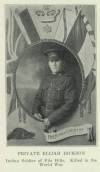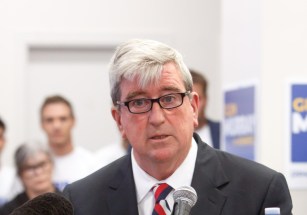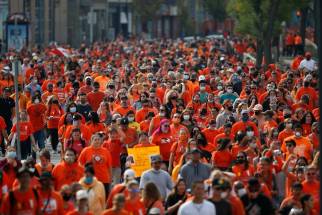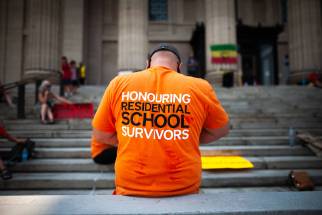United in orange: making progress on the reconciliation path
Read this article for free:
or
Already have an account? Log in here »
To continue reading, please subscribe:
Monthly Digital Subscription
$0 for the first 4 weeks*
- Enjoy unlimited reading on winnipegfreepress.com
- Read the E-Edition, our digital replica newspaper
- Access News Break, our award-winning app
- Play interactive puzzles
*No charge for 4 weeks then price increases to the regular rate of $19.00 plus GST every four weeks. Offer available to new and qualified returning subscribers only. Cancel any time.
Monthly Digital Subscription
$4.75/week*
- Enjoy unlimited reading on winnipegfreepress.com
- Read the E-Edition, our digital replica newspaper
- Access News Break, our award-winning app
- Play interactive puzzles
*Billed as $19 plus GST every four weeks. Cancel any time.
To continue reading, please subscribe:
Add Free Press access to your Brandon Sun subscription for only an additional
$1 for the first 4 weeks*
*Your next subscription payment will increase by $1.00 and you will be charged $16.99 plus GST for four weeks. After four weeks, your payment will increase to $23.99 plus GST every four weeks.
Read unlimited articles for free today:
or
Already have an account? Log in here »
Hey there, time traveller!
This article was published 29/09/2022 (1164 days ago), so information in it may no longer be current.
Drive by an elementary school playground this week if you still question the importance of the National Day of Truth and Reconciliation.
There, for all to see, are hundreds of kids from all races playing, arguing, and working together — united in orange.
Dressed by parents who want children to know that relationships with Indigenous peoples are important, these children are receiving some of the best and most inclusive and complete education in history.
Thanks to brave teachers, most Canadian children are learning about residential schools, treaties, and the complicated relationship shared by Canada and Indigenous peoples.
TIM SMITH / BRANDON SUN Kids from all races are playing, arguing, and working together — united in orange.
This is an opportunity few had in school. Most, including me, still carry the residue of the racism we were taught or the deafening silence that guided us to ignorance or entitlement.
This province and city, however, are different. This place is different.
This week, I worked with teachers from a Manitoba Hutterite colony. They asked for a workshop on Indigenous education so they could answer the questions Hutterite children have about their connections to Indigenous communities.
I also spent time with architects, lawyers, and non-profit leaders and community volunteers, talking about Manitoba’s demographics. Twenty per cent of the population is Indigenous.
I trained new immigrants on how they are treaty people.
So, with all bluntness I can muster, I say something special is happening in this place.
I talked with a millionaire about a million-dollar donation he’ll make to land-based programs so Indigenous and non-Indigenous children can work together.
I visited with Indigenous residents of a tent city on the Red River and discussed how they can get free food and resources just down the street.
Anyone who has read this column knows I’ve never said our community is perfect or even close to it, but readers do know I am frank and often uncomfortably blunt.
So, with all bluntness I can muster, I say something special is happening in this place.
JOHN WOODS / CANADIAN PRESS FILES Last year, 10,000 orange-clad citizens walked from The Forks to St. John’s Park for a powwow.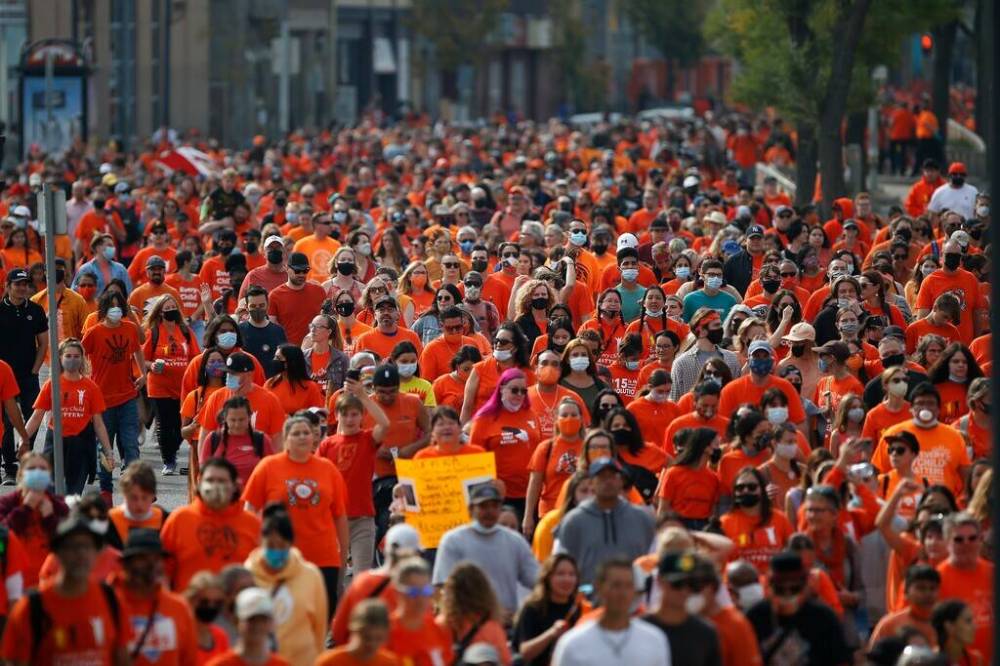
You can see it in moments like the National Day of Truth and Reconciliation, which is also called Orange Shirt Day. Last year, 10,000 orange-clad citizens (the largest gathering in any Canadian city last Sept. 30) walked from The Forks to St. John’s Park for a powwow.
Today, you’ll see this gathering again — this time at the downtown convention centre.
You’ll also see a sunrise ceremony at the wigwam at The Forks, just like last year.
You can witness the unveiling of monuments, such as at the Assiniboia residential school on Academy Avenue, or watch, listen or read any of the special Truth and Reconciliation editions on this community’s media platforms.
Indeed, something special is happening here.
MIKE DEAL / FREE PRESS FILES This year's powwow will be held at the convention centre.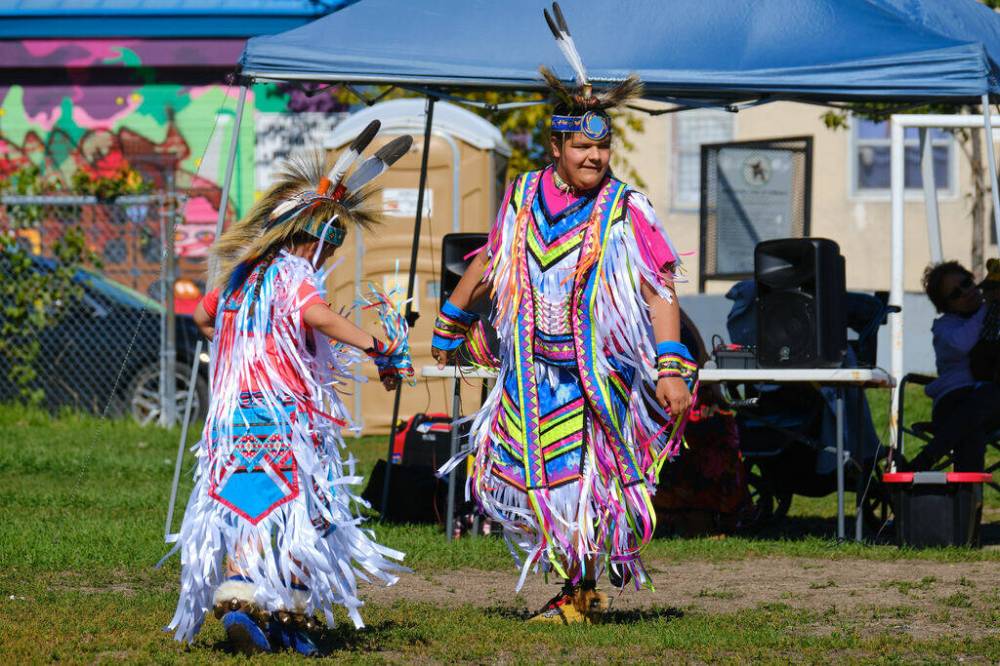
I’ve been hard at work with the Winnipeg Blue Bombers, who will play the Saskatchewan Roughriders on the evening of Sept. 30.
The importance of the day will be honoured when both teams wear orange warm-up jerseys.
On those jerseys, Blue Bombers has been translated into Ojibwa: gaa-ozhaawashko baashkidewisigewaad, which means “they are blue and making explosions.” Saskatchewan’s jerseys will be in Cree.
Both sets will be auctioned off to raise money for Indigenous children in sport.
The Bombers will wear their Indigenized logo on their helmets again and a big orange W has been painted on the field.
JOHN WOODS / FREE PRESS FILES The Bombers will once again wear orange jerseys.
The Strong Warrior Girls choir from the Riverbend Ojibwa language program will sing O Canada in Ojibwa.
The team will honour Indigenous leaders, activists, and advocates multiple times in front of 35,000 fans.
More than 1,000 Indigenous children and residential school survivors will be escorted to the game from as far away as northern Manitoba and Nunavut.
For the first time in history, a professional team will be brought out on to the field with a traditional grand entry — an honour bestowed to leaders, visionaries and medicine carriers.
Something special is happening in this place.
All week I and many others in the Indigenous community have been experiencing triggers and flashbacks. With every orange shirt we are reminded of our relatives who attended residential school, the intergenerational harm we have experienced, and the poverty, violence and struggles our communities reside in.
Like we always do, though, Indigenous peoples will persevere.
This isn’t to say this week is easy for Canadians. It’s a time when a lot of misperceptions are corrected and challenging ideas enter. Sometimes this leads to guilt, denial or sadness.
Still, most in this community continue to wear an orange shirt. Let’s just hope it’s not used as a blanket or shield, but as a pathway to action.
When Sept. 30 was invented as Orange Shirt Day in 2013, it was designed to honour the experiences of residential school survivors.
What it’s turned into, though, is an opportunity to take a step together, in unity, and demonstrate a commitment to all.
This place is our place, and the future is here.
One step at a time.
niigaan.sinclair@freepress.mb.ca

Niigaan Sinclair is Anishinaabe and is a columnist at the Winnipeg Free Press.
Our newsroom depends on a growing audience of readers to power our journalism. If you are not a paid reader, please consider becoming a subscriber.
Our newsroom depends on its audience of readers to power our journalism. Thank you for your support.
History
Updated on Friday, September 30, 2022 6:14 AM CDT: Corrects wording of translation on Bombers jersey

